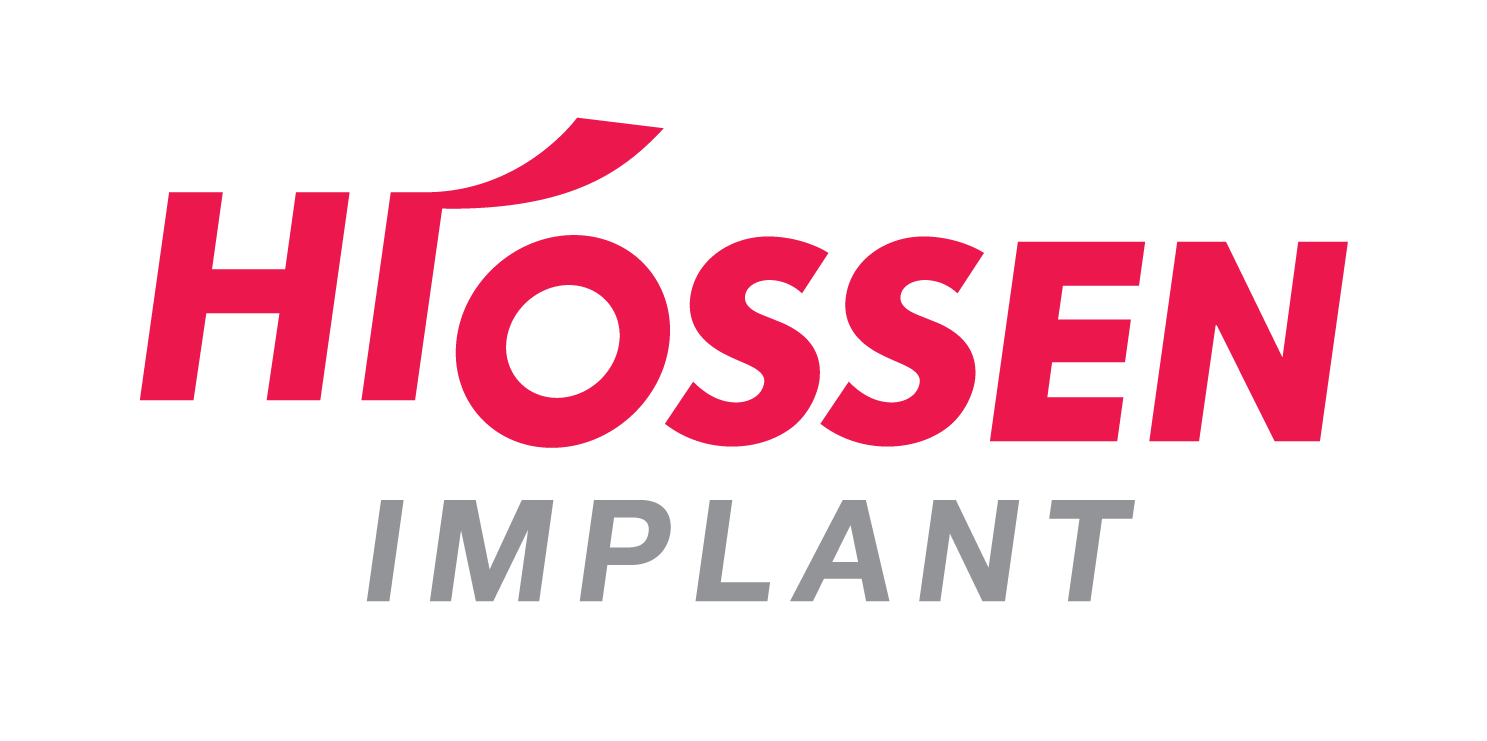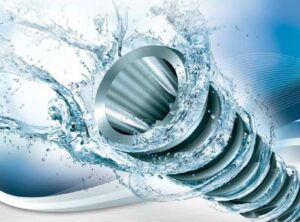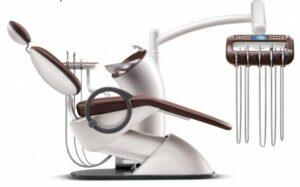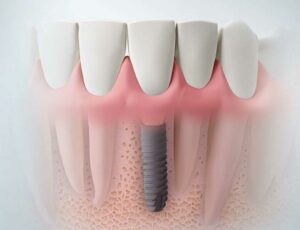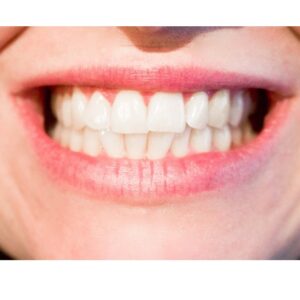A sinus lift is a procedure designed to increase the amount of bone on the upper jaw before affixing dental implants. If there is little bone at the position of the molar and premolar teeth, the sinus will need to be lifted to make space for a bone graft. The recovery period for a sinus lift is six months, after which implants can be added successfully.
Is a Sinus Lift Necessary for Implants?
A sinus lift is often done before a patient gets dental implants on their upper jaw. If there is significant bone loss, a bone graft may be needed, and sinuses need to be lifted for this to occur. Placing a dental implant when there’s little bone support increases the risk of sinus perforation as well as implant failure.
Most people who have lost teeth in the upper jaw, especially molars, don’t have enough bone for implants to attach. Others may experience bone loss because of gum disease
In most cases, tooth loss often leads to bone loss because once the tooth is gone, the body begins to reabsorb bone. If the teeth have been missing for long, very little bone will be left behind. The sinuses may be so close to the upper jaws that implants cannot be placed without the sinuses being lifted. The shape of the sinus floor varies from one person to another and usually becomes more significant with age.
Preparation for a Sinus Lift
The bone used for a sinus lift comes from your own body and is either autogenous or allogeneic. It’s removed from your mouth or other areas of the body, usually the hip or tibia.
You’ll need x-rays before the sinus lift can be completed. The dentist studies the anatomy of your upper jaw using a CT scan. This allows the dentist to measure the density of your existing bone accurately and determine how much more bone you’ll need for the sinus lift.
Sinus Lift Procedure
The dentist cuts out the gum tissue of the area where your teeth used to be. The tissue is lifted to expose the bone, and a small oval opening in the bone is made. The sinus membrane on the other side of your jaw is pushed away. Bone granules are then fitted into the space where the sinus membrane was.
Usually, several millimeters of bone is added, but this varies from one person to another. Once there’s enough bone, the tissue is stitched up. After the graft has attached to your jawbone, which can take four to nine months, dental implants can be placed.
Sinus Lift Recovery Experience
After the surgery, you may experience a little swelling in the area. You may also bleed from your nose and mouth. Do not blow your nose with force or sneeze because you could force open the stitches. You’ll be given nasal sprays to keep your nose moist and some medications to stave off congestion.
You’ll also be given medication to help prevent infection. Most patients usually experience little to no discomfort after a sinus lift. If the stitches do not dissolve on their own, you’ll be back to the dentist after 10 days so they can be removed.
Can a Sinus Lift and Implant Be Done at the Same Time?
After a sinus lift procedure, you’ll need to wait several months for the bone graft to harden and fuse with the jawbone. Depending on the amount of bone used, the dental implants may be transplanted after four to nine months.
What Are the Side Effects of a Sinus Lift?
The main side effect of a sinus lift is that the membranes of the sinus may be punctured. If this happens during the procedure, the dentist will stitch the place up or put a patch on the area. If this isn’t successful, you’ll need to take some time off for the area to heal before a second sinus lift attempt is made. Infection is another risk after any surgical procedure, but this is a rare occurrence after a sinus lift.
Where Can I Get a Sinus Lift?
At Hiossen® Implant, you can have a sinus lift done in the safest way possible. Once you’ve healed, our special dental implants will ensure you get your smile back. To learn more about our sinus lift procedures or dental implant options, please get in touch with us today.
